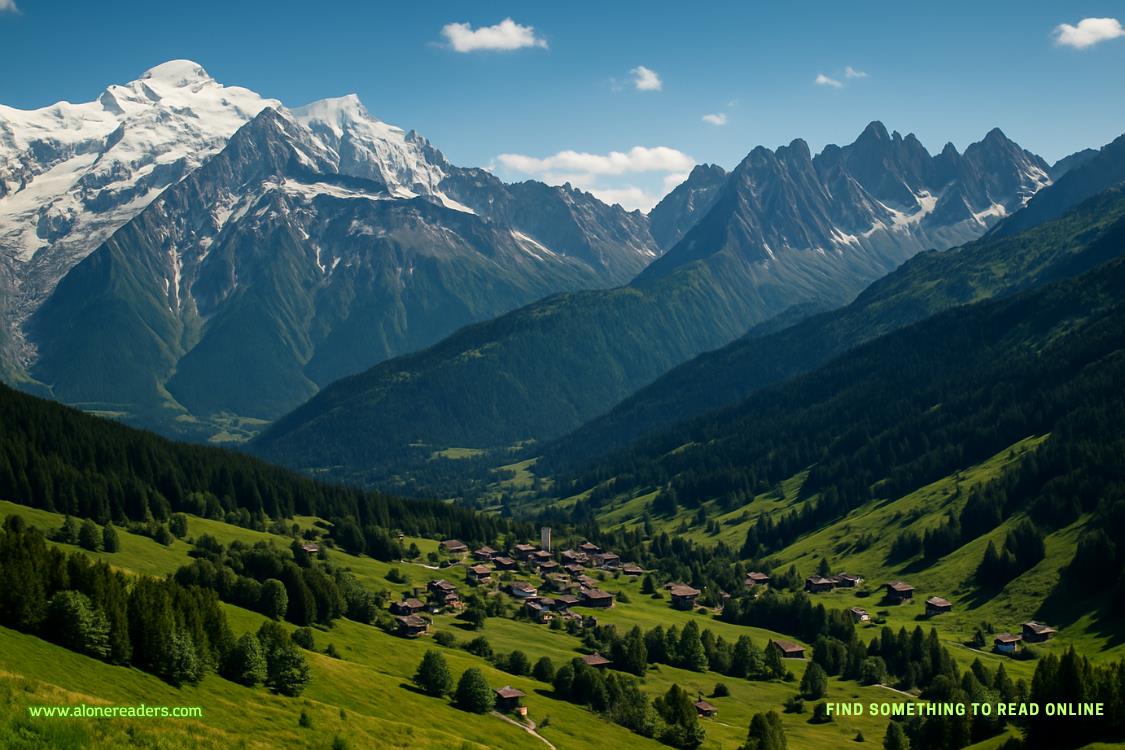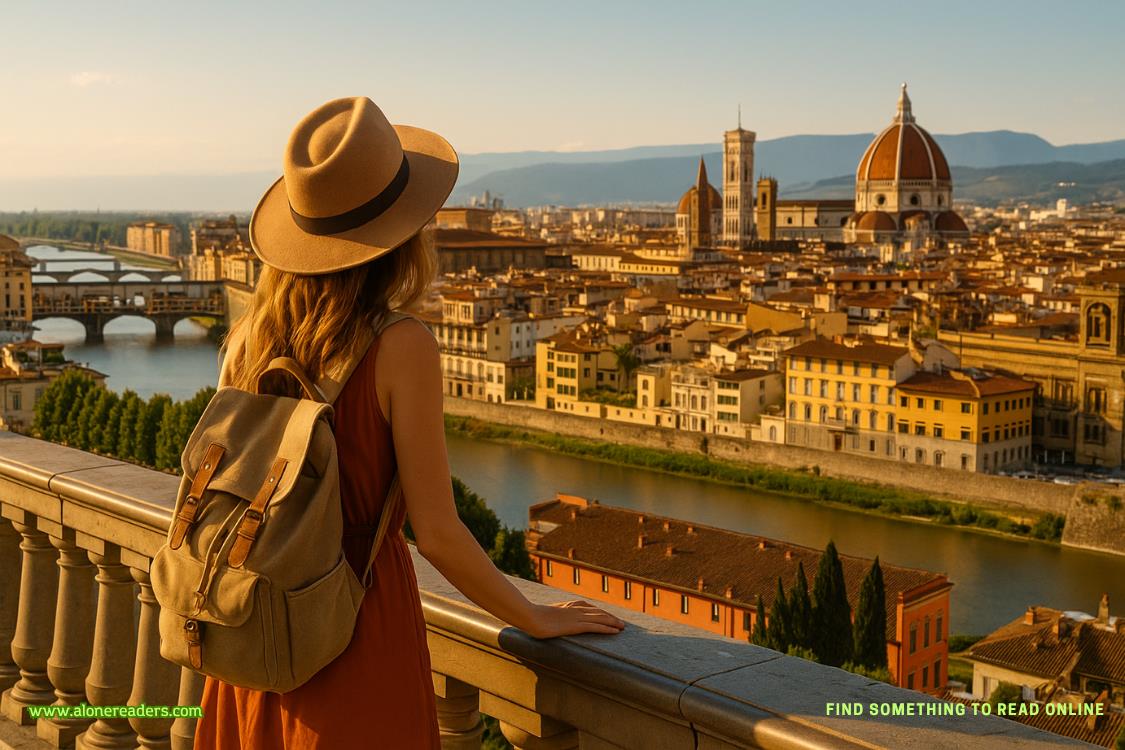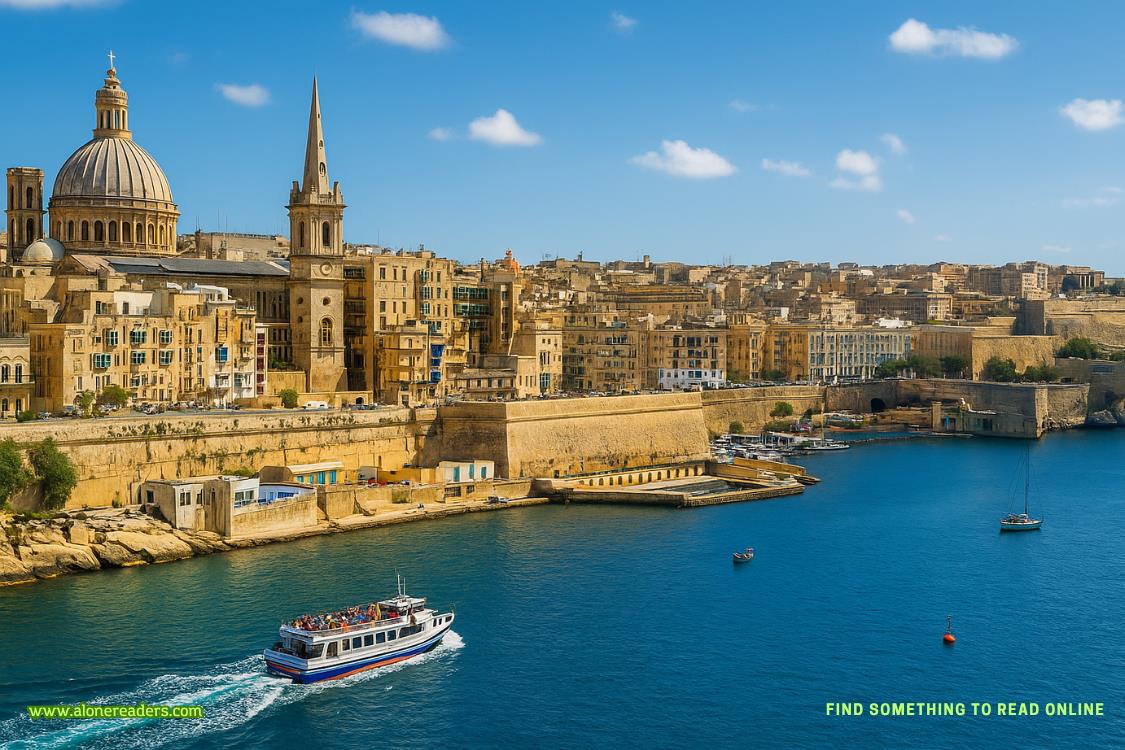“My young apprentice was convinced that she had made one of the greatest artistic discoveries in history.”
And then Gabriel understood.
LDV14521519 . . .
Penny Radcliff, twenty-seven years old, graduate of Cambridge University and the Courtauld Institute of Art, was convinced she had found a lost Leonardo.
11
Pinacoteca
In the more than seven thousand surviving pages of his notebooks—which he filled with mathematical equations, mundane daily to-do lists, seemingly random observations and riddles, and meticulous sketches of subjects ranging from the human aorta to fantastic flying machines and weapons of war—he made no mention of the circumstances surrounding his birth. The date was April 15, 1452, sometime around ten in the evening, perhaps in the tiny Tuscan hill town of Vinci, perhaps in the nearby hamlet of Anchiano. His father was a successful Florentine notary, his mother a peasant girl of sixteen. Though his parents were unwed and would never marry, his baptism was nevertheless well attended, fornon legittimobirths were commonplace in fifteenth-century Italy, especially among the nobility and upper classes. Indeed, owing to the scheming of a Florentine diplomat named Machiavelli, he would one day find himself in the employ of the ruthless Cesare Borgia, one of ten children fathered out of wedlock by His Holiness Pope Alexander VI.
He would remain in Vinci, living mainly on the estate of his paternal grandparents, until the age of twelve, when he moved into the home of his father in Florence. Having no formal education other than a bit of rudimentary mathematical training at an abacus school,he was in need of a trade to support himself. Left-handed, he taught himself to write in mirror script, from right to left across the page. He executed his first drawings in the same manner, with a distinctive right-to-left upward cross-hatching. His father showed some of the drawings to Andrea del Verrocchio, a friend and client who operated one of Florence’s most highly regarded workshops, and Verrocchio agreed to take the boy on as an apprentice.
The Republic of Florence was then the epicenter of a great artistic and intellectual reawakening—a movement that would later be referred to as the Renaissance—and Verrocchio’s busy workshop churned out paintings and other works of art for the city-state’s increasingly wealthy elite. His apprentices, including young Leonardo da Vinci, lived in rooms upstairs and received rigorous artistic training in return for their services. The exercises included countless hours of drapery studies, which the pupils executed on linen, with only black and white paint. Leonardo, through his use of chiaroscuro, mastered the ability to create the illusion of three-dimensionality. His most revolutionary achievement, though, wassfumato, the hazy blurring of edges and transitions in color that would become the defining trait of his art. “Your shadows and light should be blended,” he would later write, “in the manner of smoke losing itself on the air.”
Leonardo made four paintings while a member of Verrocchio’s workshop—three religious works and a portrait of the daughter of a Florentine banker—and in 1477, with the help of his father, he opened a workshop of his own. It would receive only three known commissions, none of which were completed. It was a failing that would persist for the remainder of his career, his seeming inability to complete his work in a timely fashion, if at all. The noblewoman Isabella d’Este, after convincing Leonardo to paint her portrait, pleaded with him to get on with it. An emissary explained the delay. Leonardo, he wrote, “cannot bear the sight of a paintbrush.”
He much preferred his feather quill and his notebooks, carrying a small one with him always as he walked the streets of Florence. Muscular in build and fine in appearance, he was a witty and charming conversationalist and by all accounts generous to a fault. His clothing was colorful, usually a combination of dusty rose and dark purple, and unlike most Florentine men of his day, the hem of his gowns reached only his knee. It was no secret in Florence that, like his rival Botticelli, he was sexually attracted to men. He was once accused of engaging in sodomy with a male prostitute—a charge that might have landed him in prison had the case not been dismissed—and several boys of unsettling beauty served as apprentices in his workshop.
His favorite was Gian Giacomo Caprotti, a curly-haired peasant boy whom he referred to as Salaì, or Little Devil. The child entered Leonardo’s household at the age of ten—not in Florence but in Milan, where Leonardo settled in 1482 at the invitation of Ludovico Sforza, the city-state’s ruthless de facto ruler. During his seventeen-year stay in Milan, Leonardo would paint the portraits of two of Ludovico’s mistresses—on walnut panels fashioned from the same tree—and a fresco for the dining hall of a monastery where Ludovico planned to create a mausoleum for his family. Having no training in fresco painting, Leonardo worked mainly in tempera and oil on dry plaster rather than the preferred method of applying water-soluble paints to a wet surface. Consequently the fresco, a depiction of the final meal shared by Jesus and his apostles, was soon beginning to flake. Giorgio Vasari, chronicler of the Italian Renaissance, wrote in 1550 that the painting was ruined.
A looming war with France forced Leonardo to leave Milan in the autumn of 1499. In the chaotic years that followed, he would serve as a military adviser to both the Venetians and the bloodthirsty Cesare Borgia. When he finally returned to Milan in April 1508, it was at the behest of the French royal governor. He resided in a housein the parish of Santa Babila, accompanied by Salaì, now in his late twenties, and a young boy named Francesco Melzi, an aspiring artist of moderate talent who was the son of a Milanese nobleman. Leonardo, intellectually restless as usual, undertook no new commissions during this period save for a mechanical lion for a pageant celebrating the arrival of France’s King Louis XII. It is possible, likely even, that he spent at least some of his time adding final touches to still another undelivered painting, a portrait of a Florentine noblewoman called Lisa del Giocondo.
The portrait, which would one day be the most famous in the world, would accompany Leonardo for the remainder of his life. So, too, would Salaì and Francesco Melzi—first to Rome, where Leonardo worked briefly for the Medici pope Leo X, and finally to France, where he spent his final years in a redbrick château in the Loire Valley town of Amboise. He died there on May 2, 1519—in the arms of King François I, or so Vasari would have us believe—and was buried in the church at the royal Château d’Amboise.
Eight days before his death, with the help of a local notary, he drew up his last will and testament. To Francesco Melzi, whom he regarded as his adopted son and rightful heir, he left most of his possessions, including his money, notebooks, and “all the instruments and portraits pertaining to his art and calling as a painter.” His lover and longtime assistant Salaì received only a share of a vineyard near Milan, which Ludovico Sforza had given to Leonardo as payment for the fresco that was by then falling into disrepair. Salaì, who was no doubt jealous over the affection shown to his rival Melzi, helped himself to several of his master’s paintings.
Just five years later Salaì would be dead too, killed by a crossbow during still another French siege of Milan. An inventory of his estate would record that he had twelve paintings in his possession, including the portrait of the Florentine noblewoman Lisa del Giocondo. Aseventeenth-century inventory of the French royal collection would reveal that King François I paid four thousand gold crowns for it, though neither the date of the transaction nor the other party to the sale was recorded.
His Majesty was so enthralled with his new acquisition that he hung it in his extravagant bathroom in the Palace of Fontainebleau, where it suffered the ravages of steam and heat. In a misguided attempt to undo the damage, a royal restorer—perhaps the Dutch artist Jean de Hoey, perhaps his son Claude—covered the painting with a thick coat of lacquer, which destroyed Leonardo’s original colors and created a spider’s web of distinctive surface cracks. Placed on public display in the Louvre in 1797, the painting was admired mainly by members of the intelligentsia. It was not until its shocking theft in August 1911 that Leonardo’s masterpiece, theMona Lisa, would achieve worldwide fame.
But what about the other paintings that devilish Salaì removed from the château at Amboise during the twilight of Leonardo’s life? Or the works bequeathed to Francesco Melzi? Or the works that doubtless slipped from Leonardo’s studios in Florence and Milan? Were they all accounted for, or had a handful of paintings—perhaps as many as five—been lost to the mists of time? A legion of so-called Leonardists believed that to be the case and were scouring the globe in search of them. Gabriel, for his part, had never come across a painting he believed to be a lost Leonardo. Nor, he had to admit, had he ever given the matter much thought. Until half past two that same afternoon, when Antonio Calvesi, chief of painting conservation at the Vatican Museums, showed him a photograph ofMadonna and Child with John the Baptist, oil on walnut panel, 78 by 56 centimeters, perhaps eighteenth century, perhaps by an imitator of Raphael.
12
Pinacoteca
The photograph was displayed on the large computer monitor in Antonio Calvesi’s office. It had been taken the day that he and Penelope Radcliff removed the painting from the Pinacoteca’s storerooms. The surface was covered with dust and grime, and the varnish had turned the color of a nicotine stain, dulling the colors. The next photograph, however, depicted the painting in a fully restored state, with the colors bright and vibrant. Gabriel, with his experienced eye, could easily spot the places where there had been significant retouching. It was a bit heavy-handed for his taste, but then he was known throughout the art world for the gentleness of his touch. His ambition was to come and go without being seen, to leave the painting as he had found it but restored to its original glory.
“Well?” asked Calvesi.
“I’m impressed. But how much of the work was done by you?”
“Can’t you tell?”
Gabriel pointed out two instances of inpainting, one in the face of Mary, the other in the torso of the infant Jesus.
“Is it that obvious?”
“I know your work.”
Calvesi pointed out a section of retouching in the pale blue stream flowing through the background. “That’s Penny.”
“She’s rather good for one so young,” said Gabriel, again using the present tense in reference to a woman he knew to be dead.
“Her father was a painter. She was born with a brush in her hand.” Calvesi smiled. “Like you, Gabriel.”















